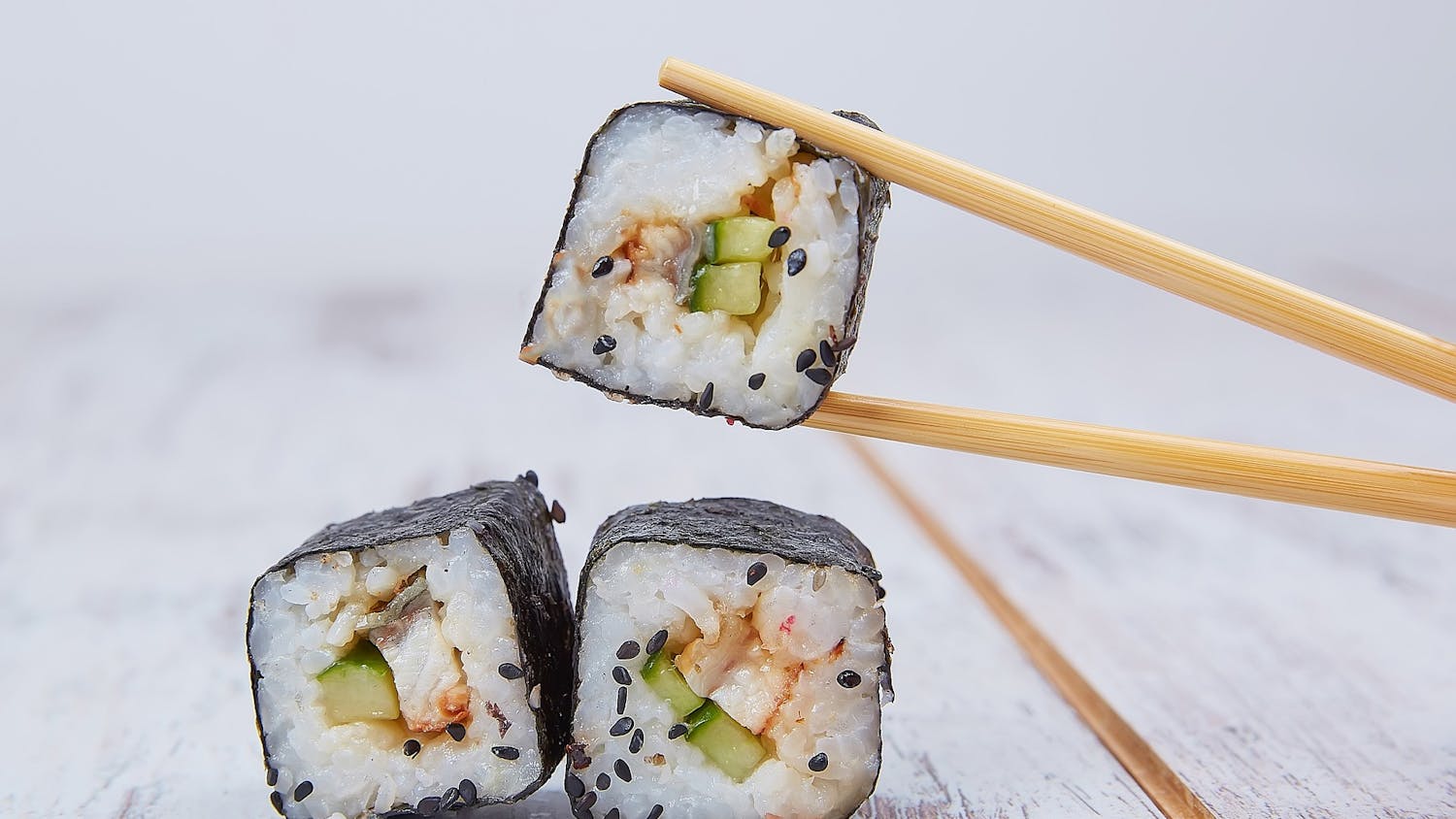By Vanessa Murphy Cultural appropriation is defined as "the act of taking or using things from a culture that is not your own, especially without showing that you understand or respect this culture.” It also has an element of power disparity, as typically a dominant culture takes aspects of a culture that has been marginalized or oppressed by the dominant culture. Cultural appropriation covers a range of infractions, and can sometimes be unintentional. So how can it be avoided? Students recommend that the best method is to err on the side of caution and do research. “If you aren’t sure if something you are doing is cultural appropriation, then it probably is. Don’t do it,” said sophomore Abdul Ford, president of the Black Student Union.
"Even though I am half Japanese and half American, there are certain parts of the Japanese culture that even I don’t belong to, and I will always respect that."
Justin Kogge, president of the Japanese Student Association
Cultural appropriation can be seen in pop culture, from the Kardashians wearing dreadlocks to ASOS selling bindis in their stores. These prominent instances encourage others to believe that taking another culture from a person is acceptable because it is available. Social acceptance does not mean cultural acceptance, and availability does not mean permission, said junior Teresa Suehiro, steering representative of the Japanese Student Association. For Western students, cultural appropriation was put on display when a Western Athletics theme night post went awry on Jan. 24. Western Athletics invited fans to support the men’s basketball team with a “Hawaiian Night” theme, which offended students, especially the Oceanic Student Association. However, this instance does not stand alone in Western’s history of cultural appropriation. Many students of color on campus have experienced cultural appropriation. “It can even be something simple, like someone with a hairstyle that’s not from their culture, but it still happens on campus,” Ford said.
 “She obviously didn’t know the meaning of what seaweed soup was supposed to be,” Suehiro said. “It’s a cultural thing, a significant thing that you feed to mothers who just gave birth, or people on their birthdays. It is really significant, but she didn’t understand. I think that’s the most important thing, understanding the culture and the meaning of what the culture is.”
Instead of using a traditional recipe for seaweed soup, her roommate decided to make alterations to the recipe which did not turn out well. Ultimately, Suehiro’s roommate tried to salvage the food by combining it with spaghetti.
“I told her, ‘Please throw it away, you are insulting my culture. If you want to know how to do it properly, I will teach you,’” Suehiro said.
Suehiro and many others feel a good way to avoid culturally appropriating is to be invited by or joined by someone of that culture.
“People might say, ‘You don’t want people learning about your culture,’ which is not true. People shouldn’t be something they’re not,” Kogge said.
Kogge adds that there are certain parts of a culture explicitly exported for the world to consume, such as video games and movies. Popular culture like these are another way to appreciate and consume a portion of another culture without offending.
Besides offering respect to people from other cultures, it is vital to not culturally appropriate to preserve the culture, Suehiro said. As larger cultures continue to grow and expand, they can overpower and absolve smaller cultures.
“We are killing culture and understanding, basically killing humanity,” Suehiro said. “A lot of minorities are disappearing. The [cultures] that are existing right now, if people appreciated them more and love each other about it more, it would exist more.”
While as of fall 2017, around 25 percent of Western students were students of color, some of these students have expressed a lack of inclusivity on campus. Being aware of cultural appropriation so that it can be avoided is an important piece of making Western more welcoming and respectful of diversity.
The subject of cultural appropriation is perceived by some in society as a sensitive, complicated and overall uncomfortable topic. But Suehiro said a step in the right direction is as simple as starting a conversation to learn, understand and grow with one another.
“She obviously didn’t know the meaning of what seaweed soup was supposed to be,” Suehiro said. “It’s a cultural thing, a significant thing that you feed to mothers who just gave birth, or people on their birthdays. It is really significant, but she didn’t understand. I think that’s the most important thing, understanding the culture and the meaning of what the culture is.”
Instead of using a traditional recipe for seaweed soup, her roommate decided to make alterations to the recipe which did not turn out well. Ultimately, Suehiro’s roommate tried to salvage the food by combining it with spaghetti.
“I told her, ‘Please throw it away, you are insulting my culture. If you want to know how to do it properly, I will teach you,’” Suehiro said.
Suehiro and many others feel a good way to avoid culturally appropriating is to be invited by or joined by someone of that culture.
“People might say, ‘You don’t want people learning about your culture,’ which is not true. People shouldn’t be something they’re not,” Kogge said.
Kogge adds that there are certain parts of a culture explicitly exported for the world to consume, such as video games and movies. Popular culture like these are another way to appreciate and consume a portion of another culture without offending.
Besides offering respect to people from other cultures, it is vital to not culturally appropriate to preserve the culture, Suehiro said. As larger cultures continue to grow and expand, they can overpower and absolve smaller cultures.
“We are killing culture and understanding, basically killing humanity,” Suehiro said. “A lot of minorities are disappearing. The [cultures] that are existing right now, if people appreciated them more and love each other about it more, it would exist more.”
While as of fall 2017, around 25 percent of Western students were students of color, some of these students have expressed a lack of inclusivity on campus. Being aware of cultural appropriation so that it can be avoided is an important piece of making Western more welcoming and respectful of diversity.
The subject of cultural appropriation is perceived by some in society as a sensitive, complicated and overall uncomfortable topic. But Suehiro said a step in the right direction is as simple as starting a conversation to learn, understand and grow with one another.





